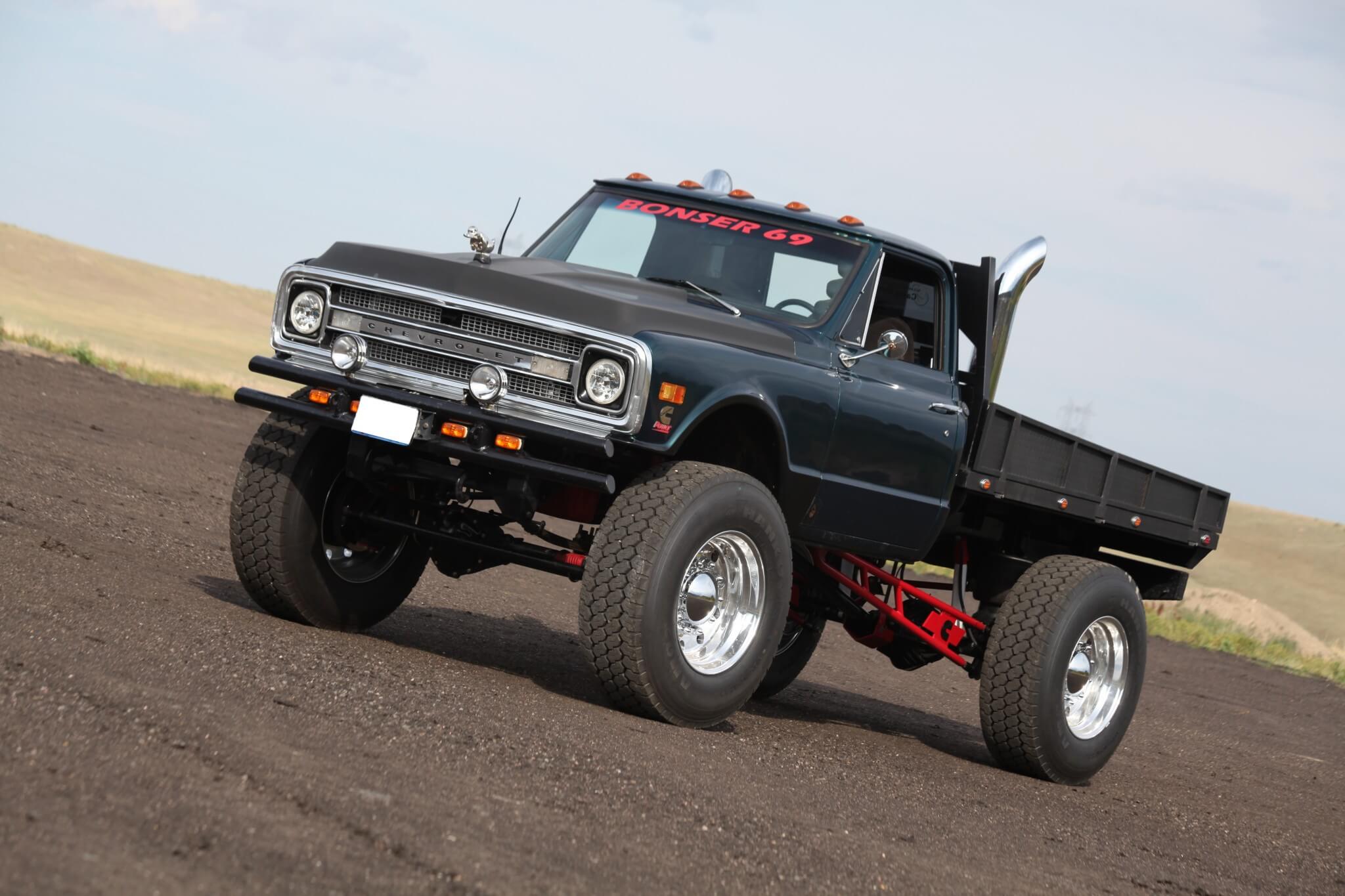Diesel Power VS Electric Power
Why Diesel Will Survive The Current Push For An Electric World
The whole world is going electric, or so we’re told. But the reality is that while the world may eventually switch to 100-percent electric passenger vehicles, it’s not going to happen overnight. In fact, you’re likely going to see diesel, gasoline, and hybrid-powered vehicles dominate U.S. roadways for at least another two decades. So why all the hype about battery electric vehicles (BEV’s) in recent years? Long story short, BEV technology—and in particular battery technology—has come a long way, and practically improves on a daily basis. Sprinkle in a little “zero emissions” make-believe, emphasize the obvious reduction in dependency on foreign oil, get every OEM automaker onboard, and you’ve got a full-blown BEV movement.
If only it were that cut-and-dried. Beneath every electric headline and glamor shot there are a lot of items going undiscussed. Among them are the BEV’s range and charging disadvantages, the fact that they’re cost-prohibitive for many Americans, shift greenhouse gas emissions from the tailpipe to the power plant, and lack the same type of 100-year infrastructure internal combustion engines (ICE’s) enjoy at the present time. Beyond that, all the advancements made in internal combustion engines (ICE’s)—especially diesel technology—over the years is being ignored. Not here. In the following pages we’ll spell out just how far diesel emissions have come, shine a light on all the modern BEV’s shortcomings, and make a case as to why diesel and gasoline will continue to co-exist with electric for years to come.






























SOURCES
BEV TECHNOLOGY
BLOOMBERGNEF
about.bnef.com
SAE INTERNATIONAL
www.sae.org
TESLA
www.tesla.com
UNITED STATES DEPARTMENT OF ENERGY
www.energy.gov
UNITED STATES ENVIRONMENTAL PROTECTION AGENCY
www.epa.gov











